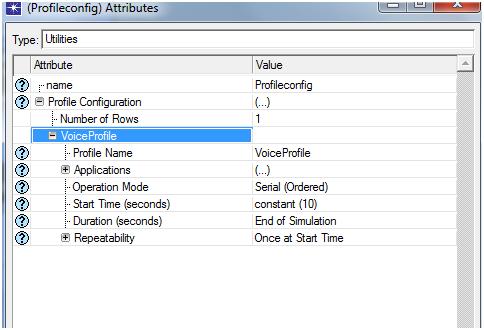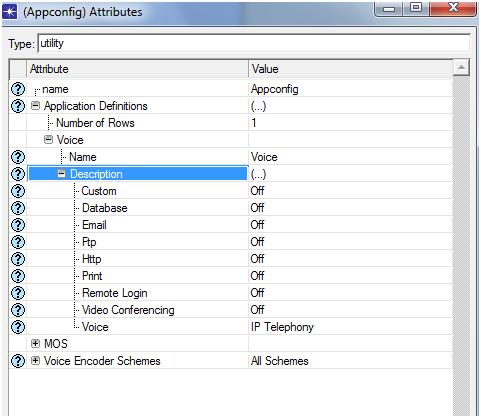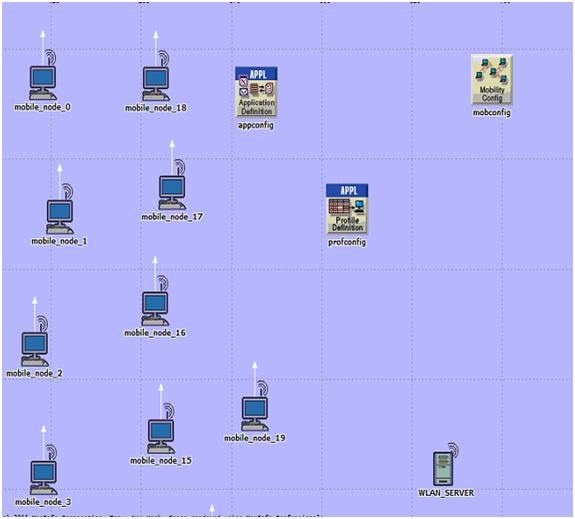The optimized link state routing protocol (OLSR)
The OLSR is referred to as the optimized link state routing protocol which belongs to the proactive routing protocol in which the different types of the routes required for the purpose of the routing are always offered and available. In order to decrease the transparency which is happened because of the topological changes towards the network this protocol will make use of the MPR- multi points relays.
In the continuous process if more number of the topological changes takes within the networks then there is a possibility that the similar types of the message is been transmitted towards the similar area for several times which will leads to the typical situation called flooding. The multi point relays could be utilized for the purpose of reducing the flooding which is been happened because of the fake transmission. By means of the hello messages and by making use of the OLSR routing protocol as well as the Topology control, the information about the link status that belongs to the node could be identified and broadcasted towards the entire network in order to know the current status of the topology changes within the network.
Generally the hello messages are been transmitted only at the specific node level, whereas, the messages of the Topology changes are been transmitted all over the network in order to identify the changes that will take place because of the process of the mobility of the nodes which are towards the topology that is been built. The MPR- multipoint relays are been utilized for the purpose of forwarding the Topology changes messages and then this particular messages are been transmitted as well as forward in a periodic manner towards the network every time when there is the topology change that is generated in the network.
By making use of the MPR the information exchange which is towards the network could be easily decreased and it is even capable of decreasing the broadcast flooding. The OLSR is considered to be one of the developed and advanced version of the link state algorithm by which the link state information is similar to that of the equivalent nodes. By establishing the OLSR routing protocol in an appropriate manner there are more chances to decrease the size of the control packets as well as the information that belongs to the subset of the links is been sustained rather than the entire link information of the particular network.
By making use of the MPR the optimization aspect can be easily attained by which the control information is been optimized. Among all the existing routing protocols of the MANETs this particular protocol can be considered as one of the best protocol. In order to obtain the optimality each and every node will permit and subject the hello message in order to recognize the information about the adjacent nodes and then the by carrying this process the required numbers of the hop node is been recognized. Basically the Topology changes size is high and it is forwarded towards the networks and to complete this there is a necessity of having the required knowledge on the entire parts of the message in order to generate topology changes towards the adjacent nodes.



